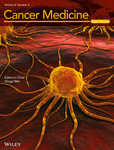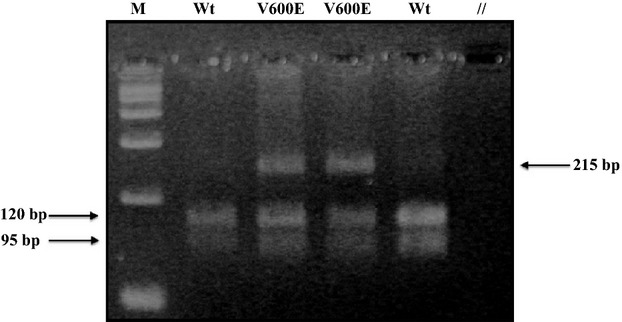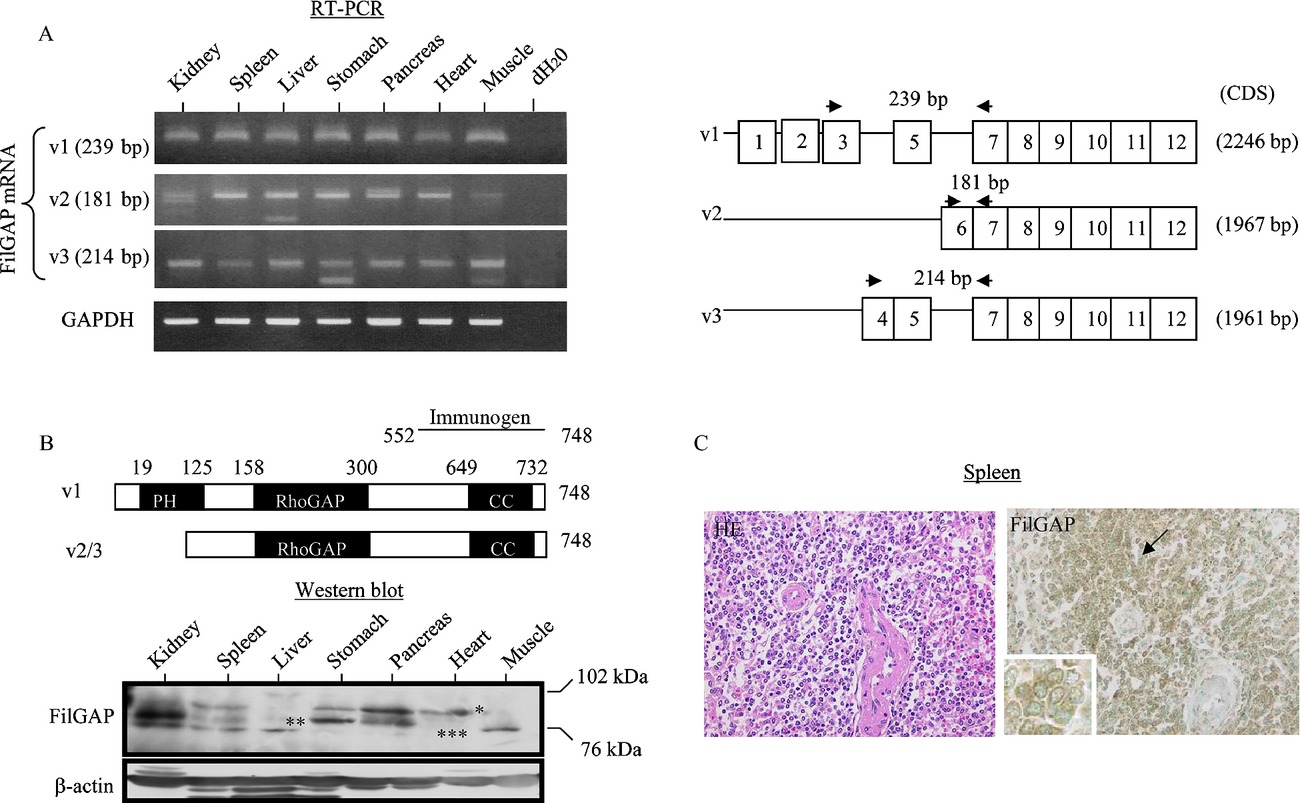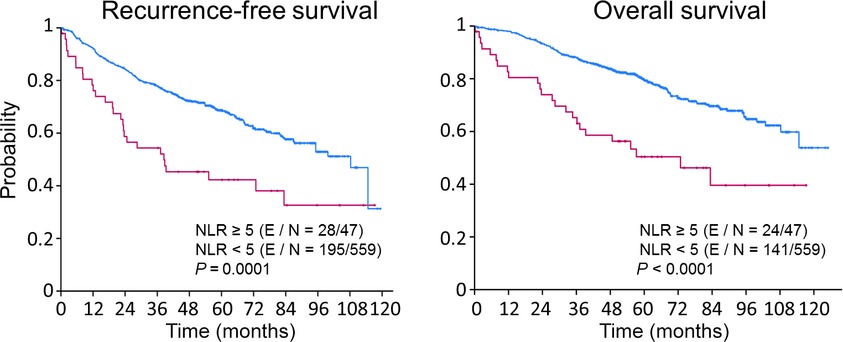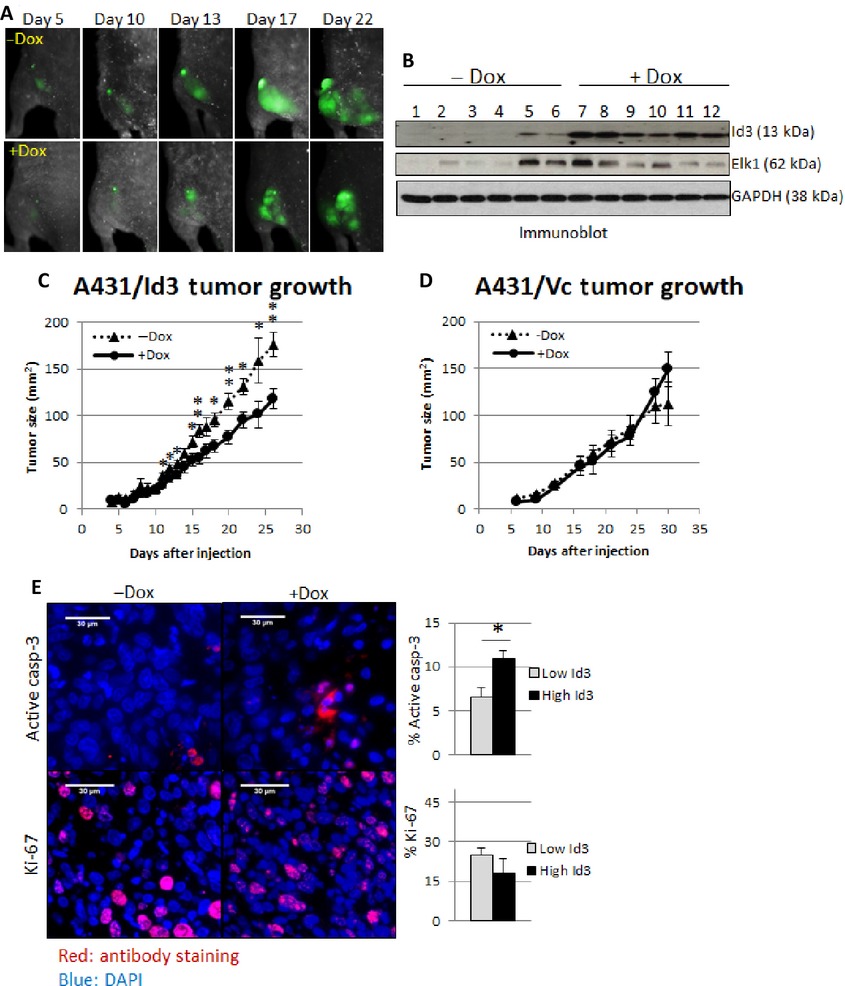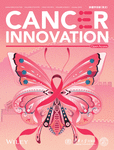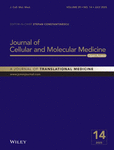Journal list menu
Export Citations
Download PDFs
Issue Information
Clinical Cancer Research
Original Research
BRAF mutation is not predictive of long-term outcome in papillary thyroid carcinoma
- Pages: 791-799
- First Published: 25 February 2015
Quality of life and disease understanding: impact of attending a patient-centered cancer symposium
- Pages: 800-807
- First Published: 30 January 2015
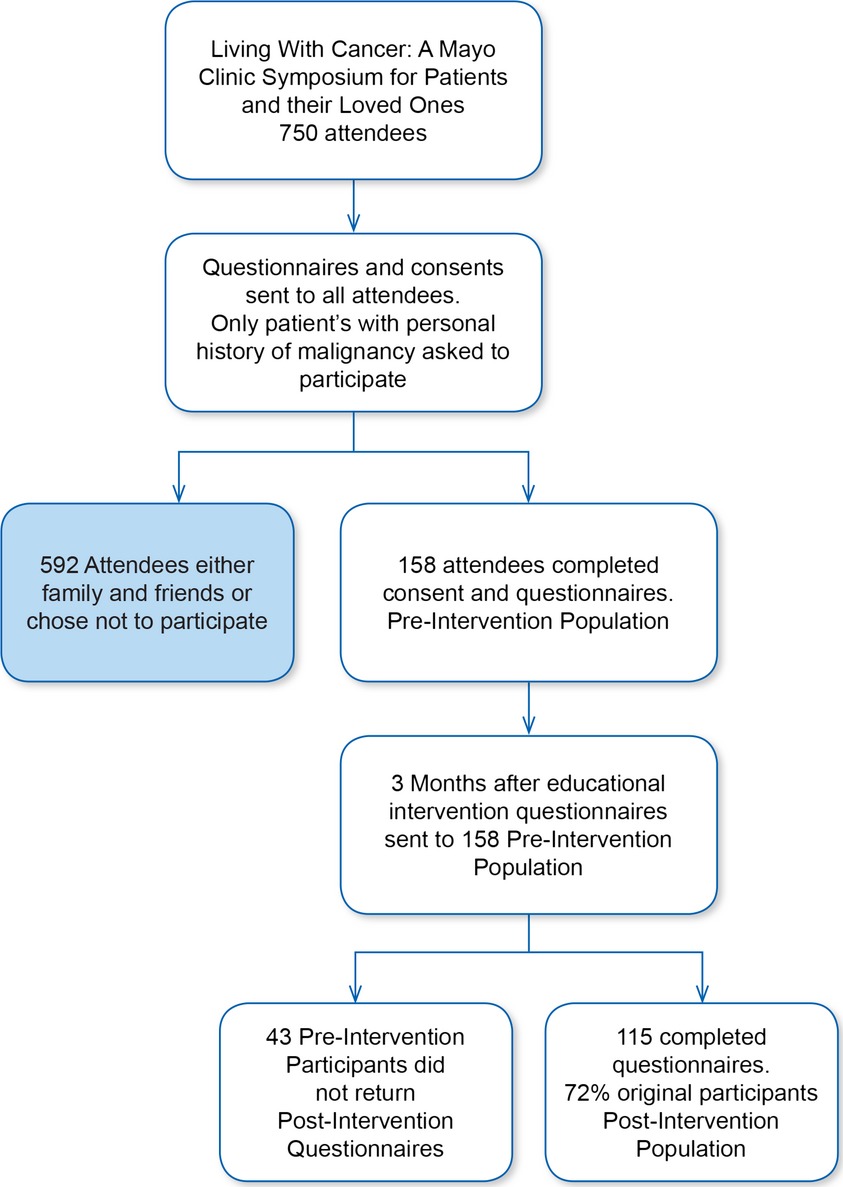
A comprehensive cancer patient-centered symposium comprised a broad population was surveyed on quality of life, symptoms, and disease-specific knowledge before and after completed the symposium. This study revealed that a patient symposium, as an educational intervention improves a solid knowledge base amongst attendees regarding their disease, increases knowledge in symptom management, but may be insufficient to impact quality of life as a single intervention.
FilGAP, a Rac-specific Rho GTPase-activating protein, is a novel prognostic factor for follicular lymphoma
- Pages: 808-818
- First Published: 29 January 2015
Commentary
Rare childhood cancers—an increasing entity requiring the need for global consensus and collaboration
- Pages: 819-824
- First Published: 09 February 2015

Rare childhood cancers have not benefited to the same extent from the gains that have been made for their frequently occurring counterparts. In recent years, this gap has been recognized and a number of vehicles now exist to improve outcome, including rare tumor groups, disease-specific registries, and clinics. The multitude of approaches has allowed significant progress, however, this framework is limited by patient number and is not inclusive for every type of rare childhood cancer. These shortcomings can be overcome by a single global unified approach to the study of rare childhood tumors.
Original Research
Perioperative neutrophil:lymphocyte ratio and postoperative NSAID use as predictors of survival after lung cancer surgery: a retrospective study
- Pages: 825-833
- First Published: 10 March 2015
A novel strategy of radiofrequency hyperthermia (neothermia) in combination with preoperative chemoradiotherapy for the treatment of advanced rectal cancer: a pilot study
- Pages: 834-843
- First Published: 09 February 2015
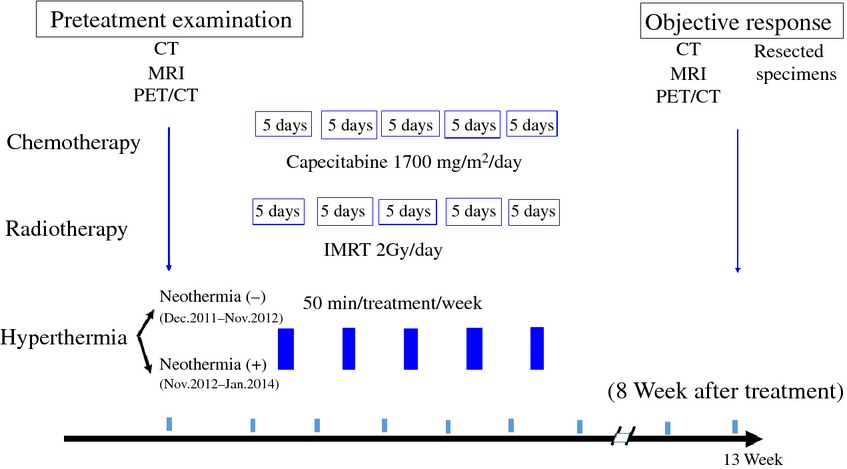
The standardization of radiofrequency hyperthermia using an 8 MHz radiofrequency capacitive heating device can be established as a potential new treatment for rectal cancer concomitant with chemoradiation therapy. This new combined modality provides another potential treatment in patients with rectal cancer.
HER2 as a target in invasive urothelial carcinoma
- Pages: 844-852
- First Published: 26 February 2015
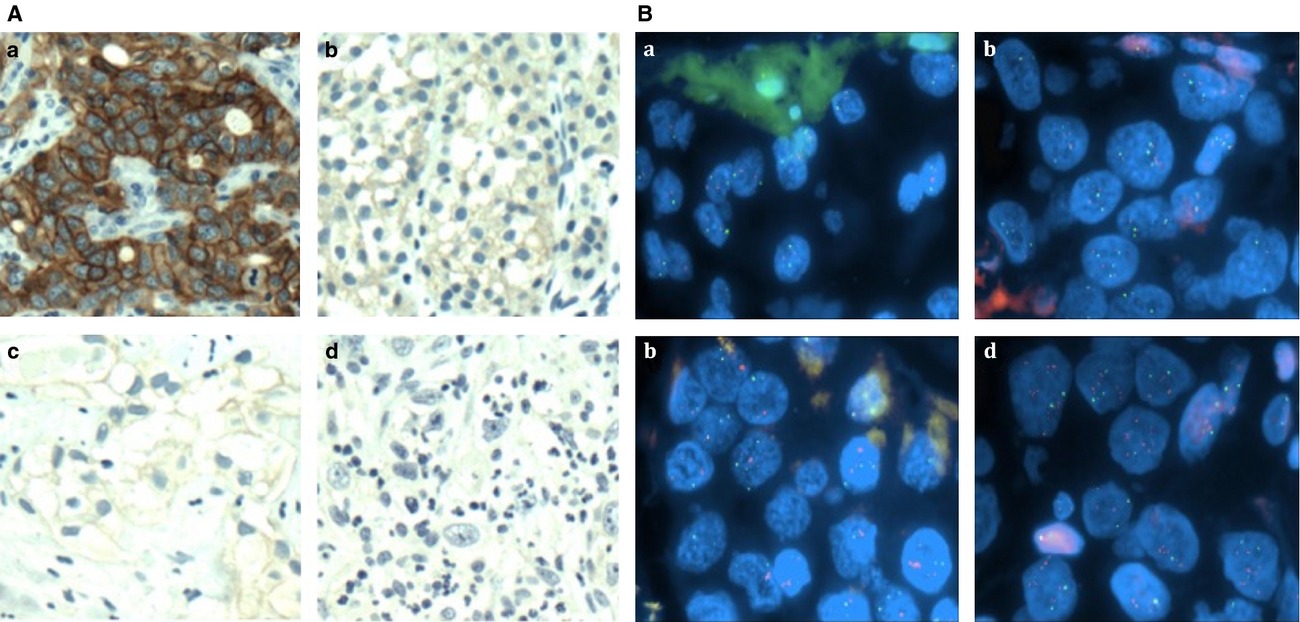
The association between HER2 status and overall survival (OS) in UC remains unclear. HER2 positivity may not only be a biomarker for more aggressive disease but also a potential therapeutic target. We report that HER2 overexpression or amplification in the primary tumor did not predict OS in patients with metastatic UC. Further trials in genomically screened patients are needed to assess HER2-targeted therapies in UC.
Review
Pancreatic cancer and FOLFIRINOX: a new era and new questions
- Pages: 853-863
- First Published: 19 February 2015
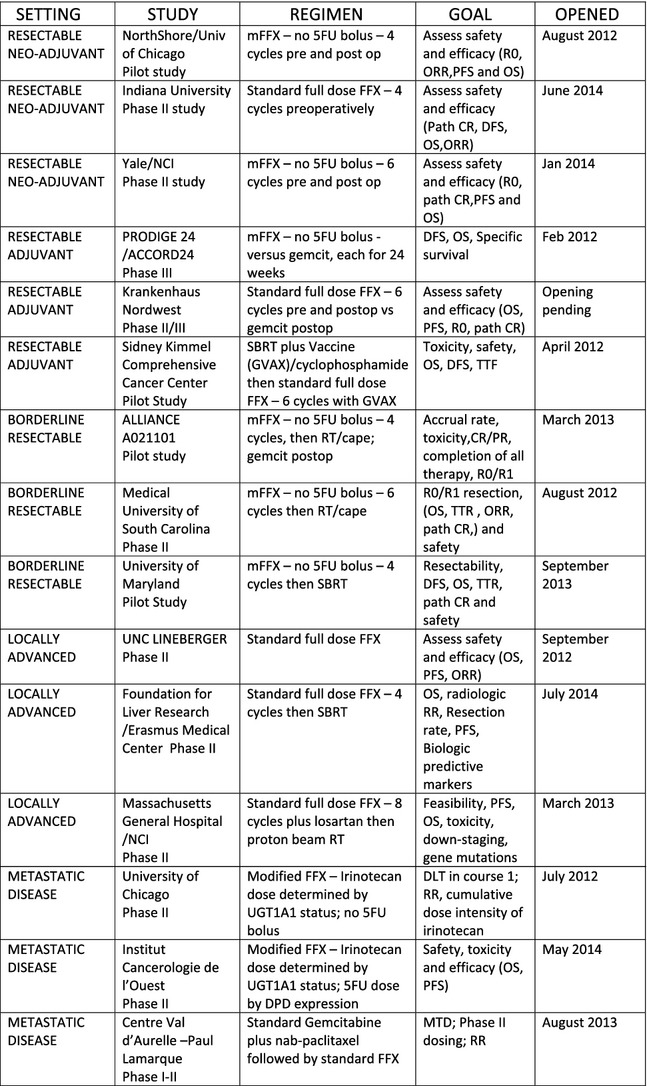
This is a review of the revolution in pancreatic cancer care since the advent of FOLFIRINOX chemotherapy. It addresses the common issues which arise when using this therapy and then explores some of the challenging questions which have now been raised as we seek to move forward. A systematic review of the current literature for all relevant articles and meeting abstracts has been performed to derive the data, and the significant personal experience of the authors in treating this disease has been used to analyze the information. It is intended both as a review of the current knowledge and as a discussion of short- and long-term challenges building on what we have learned.
Original Research
Association of dose escalation of octreotide long-acting release on clinical symptoms and tumor markers and response among patients with neuroendocrine tumors
- Pages: 864-870
- First Published: 26 February 2015
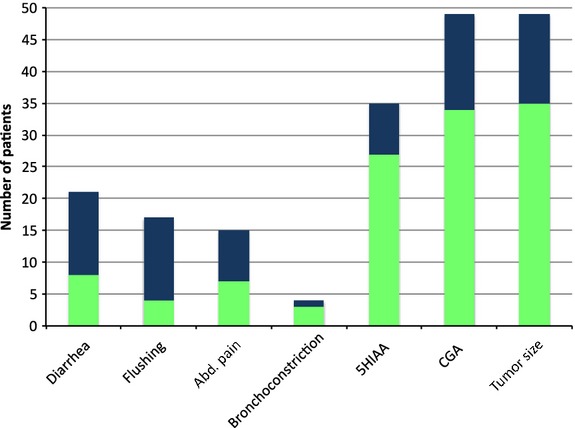
This retrospective analysis examined if higher than approved doses of octeotride long-acting release (O-LAR) might successfully mitigate symptoms in neuroendocrine tumors (NETs) patients that remain symptomatic in spite of standard doses of LAR by evaluating the association between dose escalation of O-LAR, symptom control, tumor markers (chromogranin A and 5-hydoxyindoacetate), and radiological progression of the tumors. In our study, we found that higher doses of O-LAR are associated with improved symptom control in NET patients. The variability in tumor marker levels in response to O-LAR dose escalation may indicate that tumor marker levels may not be an accurate assessment of therapeutic efficacy.
Feasibility of implementing molecular-guided therapy for the treatment of patients with relapsed or refractory neuroblastoma
- Pages: 871-886
- First Published: 26 February 2015
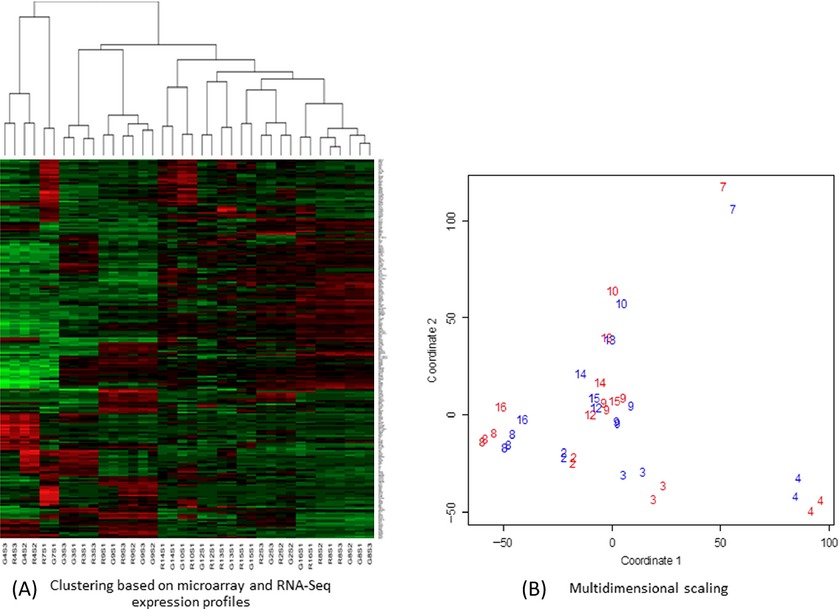
This study demonstrates the feasibility and safety of a novel approach to guide treatment decisions which utilizes tumor genomic profiling to create individualized treatment plans for children with relapsed/refractory neuroblastoma. The average time from biopsy to genomic profiling and report generation was 5.9 days and from biopsy to initiation of treatment was 12.4 days. No serious adverse events were observed and clinical benefit was seen in 64% of patients as stabilization of disease or partial response.
Complex renal cysts associated with crizotinib treatment
- Pages: 887-896
- First Published: 10 March 2015

Crizotinib treatment appears to be associated with an increased risk of development and progression of renal cysts in patients with anaplastic lymphoma kinase-positive non–small cell lung cancer. While close monitoring is recommended, dosing modification was not generally necessary, allowing patients to remain on crizotinib treatment.
Cancer Biology
Short Report
DNA mismatch repair deficiency accelerates lung neoplasm development in K-rasLA1/+ mice: a brief report
- Pages: 897-902
- First Published: 14 March 2015
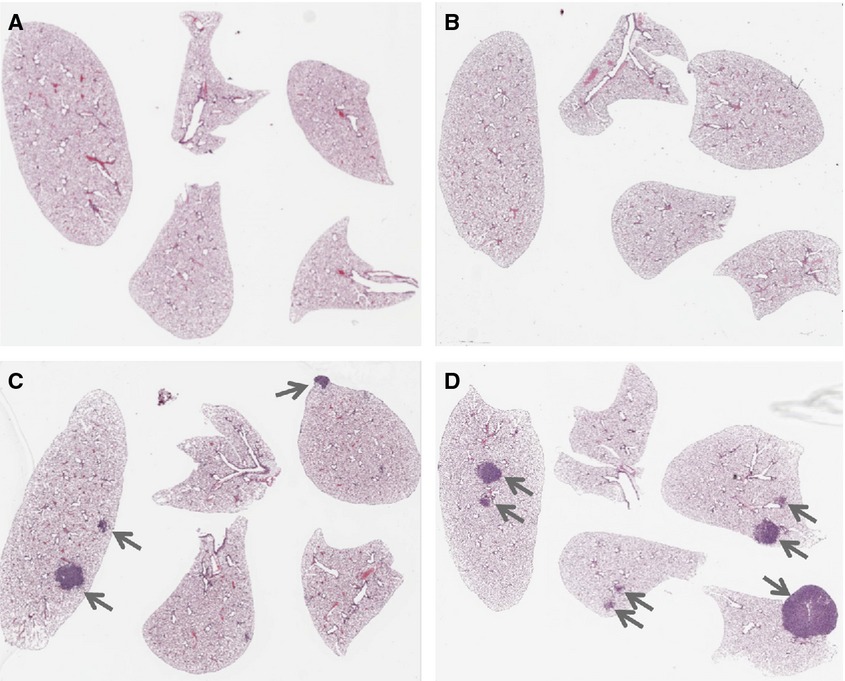
Inherited as well as acquired deficiencies in DNA mismatch repair such as a loss of MSH2 or MLH1 have been identified in some human lung cancers. Genomic instability resulting from this deficiency not only predisposes cells to malignant transformation but may also promote tumor progression. Herein we show that loss of MSH2 causes acceleration of spontaneous lung tumor formation in the K-rasLA1/+ mouse model system, and as such provides a means for studying the tumor progression and targeted therapeutics in this population.
Original Research
Cellular localization of CIP2A determines its prognostic impact in superficial spreading and nodular melanoma
- Pages: 903-913
- First Published: 07 February 2015
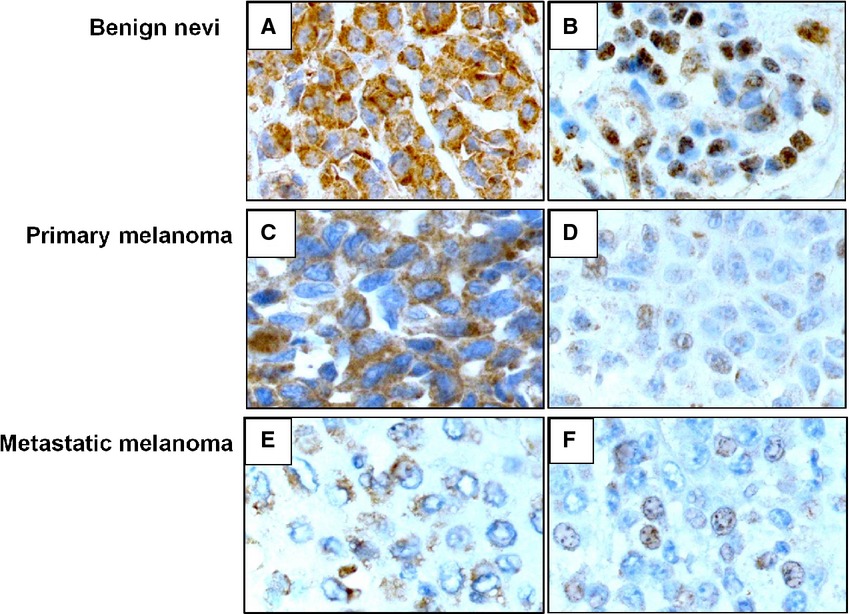
Cancerous inhibitor of protein phosphatase 2A (CIP2A) is a novel important oncogene contributing to cancer progression through regulation of PP2A, cMYC and AKT. This study shows for the first time that in a histologically defined subset of melanoma tumors CIP2A has a distinct, complex function associated with better prognosis. Still, melanoma cell lines with intrinsic resistance to BRAFV600E inhibitors are highly sensitive to CIP2A downregulation, suggesting that targeting CIP2A might be a good therapeutic alternative for this subset of patients.
Id3 induces an Elk-1–caspase-8-dependent apoptotic pathway in squamous carcinoma cells
- Pages: 914-924
- First Published: 18 February 2015
Cancer Prevention
Original Research
Both serum 25-hydroxyvitamin D and calcium levels may increase the risk of incident prostate cancer in Caribbean men of African ancestry
- Pages: 925-935
- First Published: 07 April 2015
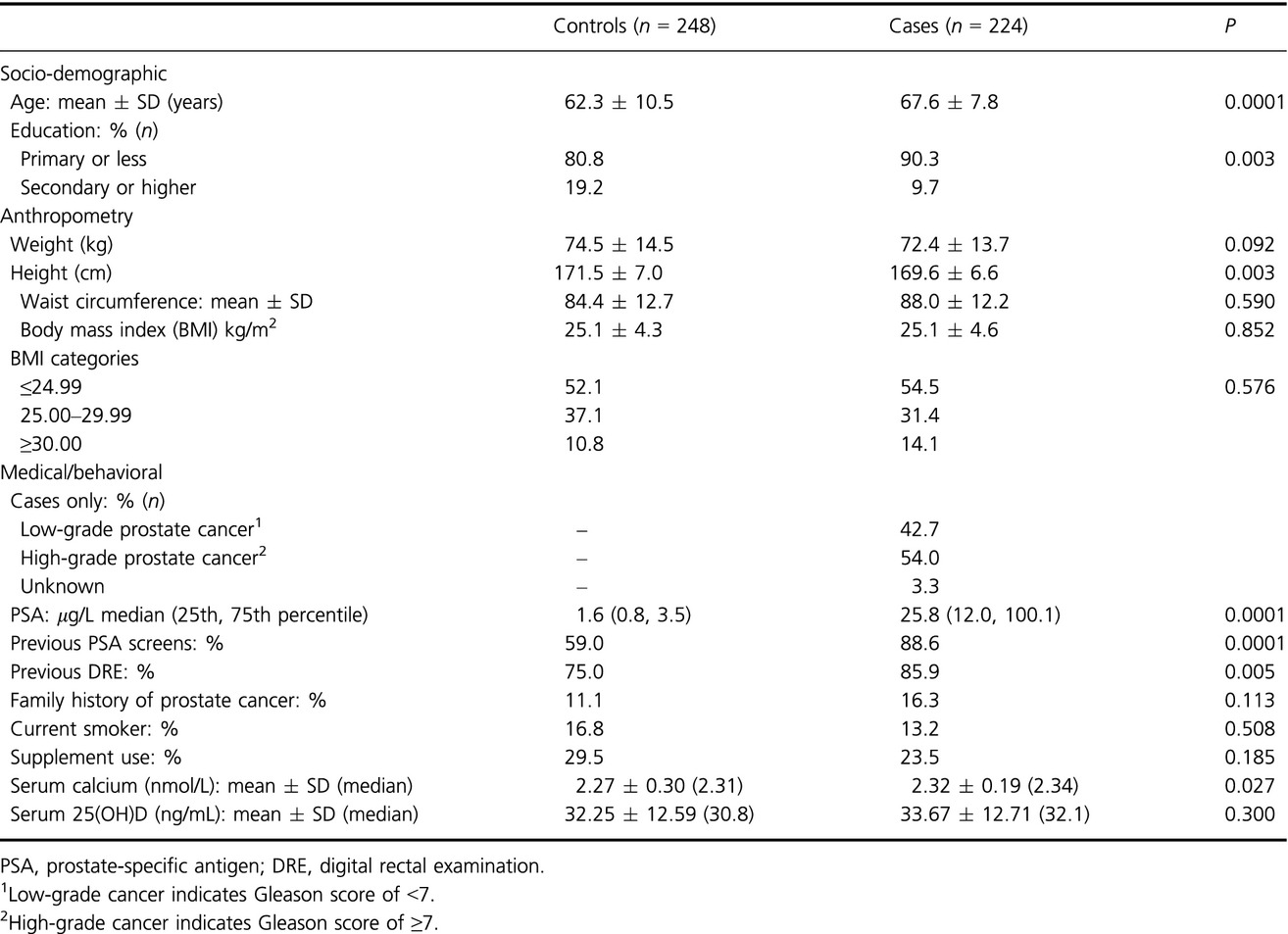
Positive independent relationships were observed between both serum calcium and 25-hydroxyvitamin D [25(OH)D] and risk incident of prostate cancer (PCa) in this African ancestry population. There was no evidence of effect modification, with no evidence that one of these factors modified the effect of the other. This study is the first to have examined the independent and synergistic effects of these metabolites on risk of PCa in an African ancestry population.
Meat intake, cooking methods, dietary carcinogens, and colorectal cancer risk: findings from the Colorectal Cancer Family Registry
- Pages: 936-952
- First Published: 07 April 2015
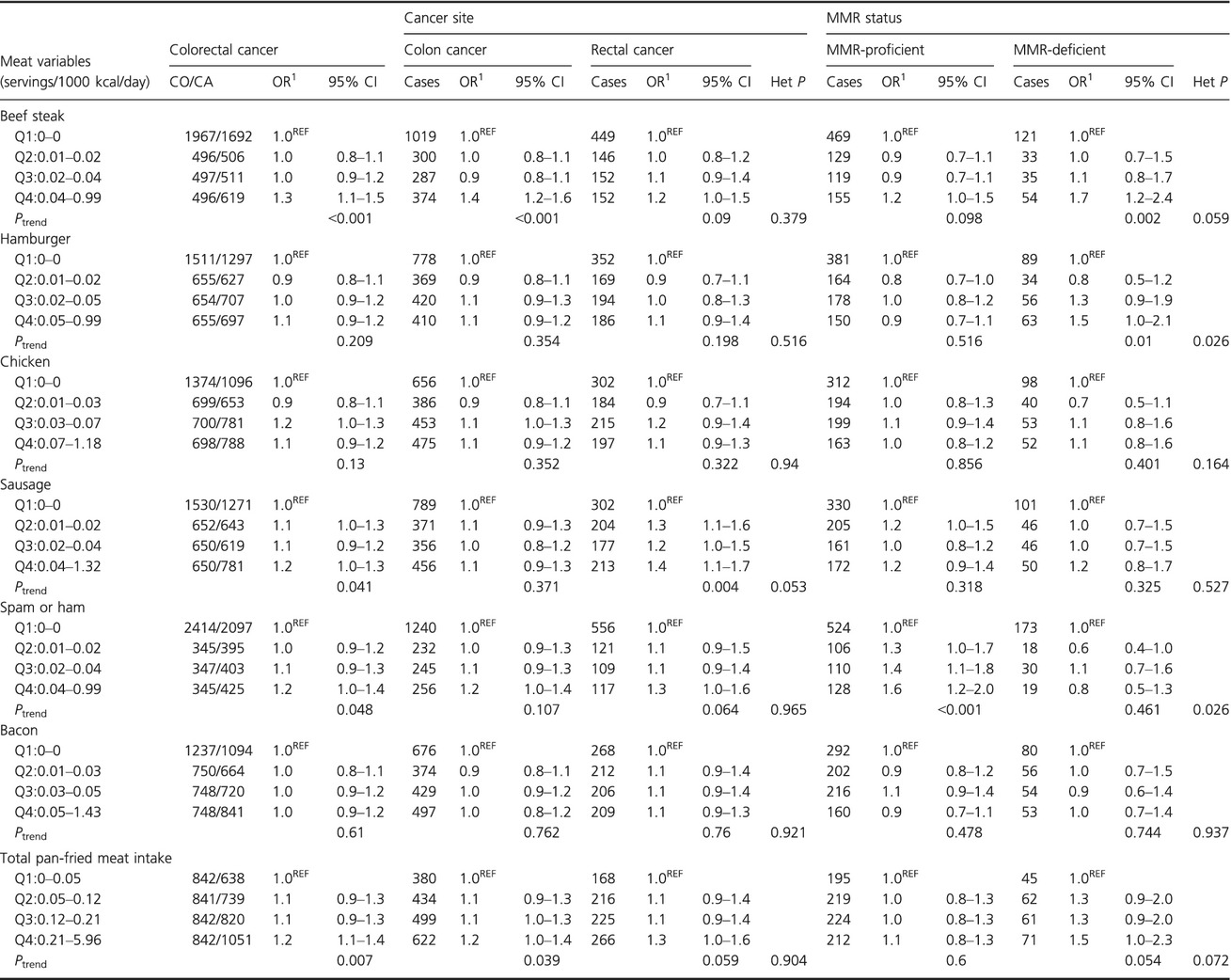
Diets high in red meat are established colorectal cancer (CRC) risk factors, however, it is not known what explains this association. We conducted comprehensive analyses taking into account meat types, cooking practices, formed carcinogens, and subtypes of cancer defined by tumor localization and mismatch repair proficiency. Our results suggest that pan-fried meats are the key contributors to the observed red meat and CRC risk relationship, and results from analyses taking into account tumor subtypes and use of marinades are compatible with a role for heterocyclic amines to explain this association. Our results support the role of specific meat types and cooking practices as possible sources of human carcinogens relevant for CRC risk.




